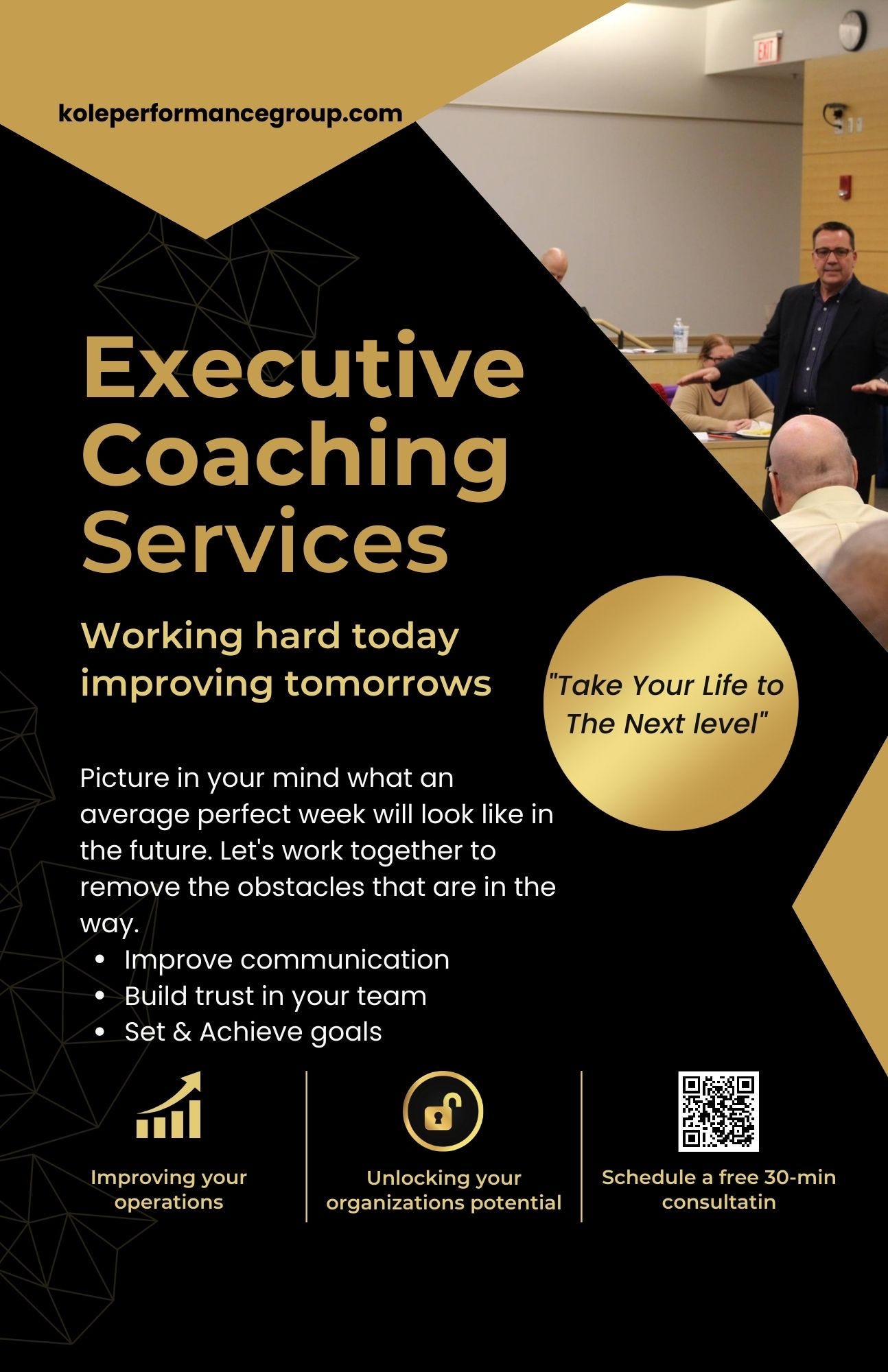#298: Is it so obvious that you could be wrong?
When you have views that a polar opposite, that's when you stretch your comfort zone.
You may have heard the story about the US shoe company and its quest to grow sales in India. If so, please bear with me to remind some of our new readers.
If you would prefer to listen to a podcast version of this article CLICK HERE
In the early 1900s, the CEO of a US based shoe company wanted to grow sales. He knew that the market was saturated here in the Western Hemisphere and focused on India as a place to grow. With very little knowledge of the country, other than knowing it had a large population, he wisely decided to send two people to India. He asked them to travel through the country for a month and report on their findings. After much deliberation on who to send, he decided on two completely different people.
The first was his trusted R&D Director. He had been with the CEO since day one and knew everything about the company. The second person he sent was a new sales rep that had only been with the company for less than a year.
After traveling around the country for a month, the two returned to the US. The CEO had sent them separately so they wouldn’t influence each other. When they returned, he called them into his office one at a time.
The R&D Director came into the office, and when asked what he thought of the market, he reported that there was no future. And added the most important fact that nobody there wore shoes.
The CEO then called in the sales rep and heard the exact opposite. “Sir, the market is huge; everyone needs shoes!”
Two viewpoints, same circumstances, different perceptions. How many times have you heard an opinion from someone new and dismissed what they said because you thought they were naive? Maybe they are onto something. A fresh set of eyes on any circumstance may give you new and innovative ideas.
When Lee Iacocca was running Chrysler in the early 1980s, nobody in the market was screaming for a Minivan, but someone saw the need. Likewise, when Mr. Ford created the assembly line and the affordable car, everyone rode in a horse and buggy. We often see these light bulb moments in sales and marketing examples, but they happen throughout the entire organization.
What are you missing?
What I enjoy most about facilitating mastermind groups is the raw perspective from people in unrelated industries. There is no tunnel vision, preconceived notion, and no Roast Beef (you must read that blog to know what I am referring to). In these sessions, you may hear from someone in retail that has an idea to improve your manufacturing process. You can learn something from a non-profit organization to apply to your financial institution. Each of those potential solutions comes from someone without decades of experience, like or R&D Director that went to India.
As an executive business coach, I listen to ideas and poke holes in them. Where do you get unbiased opinions? The first question should be, are you actively seeking impartial views?
Whether you are a branch manager at a bank, a CEO, or a team leader on the manufacturing floor, you need to identify your trusted advisors. In the 21 Irrefutable Laws of Leadership, John C. Maxwell refers to this as the Law of the Inner Circle. For leaders at any level, it is a necessity that you find people you can trust and those that can openly critique your plans and ideas.
You can read blogs like these, watch videos, take master classes, and learn how to be the best in class. I would never stop asking you to learn; however, listening to experts is only one way. These experts will help you keep up with the competition. But some radical ideas like selling shoes in India will come from left field. Those will be the ideas that help you leapfrog your competition! So don’t be afraid to solicit advice from the non-experts. Find out what you may be missing by simply asking, what would you do?
Are you looking for unbiased opinions? If so, give us a call at the Kole Performance Group; we have the tools to help you find your next innovation. It is hard work today, but it will lead to a better tomorrow.




